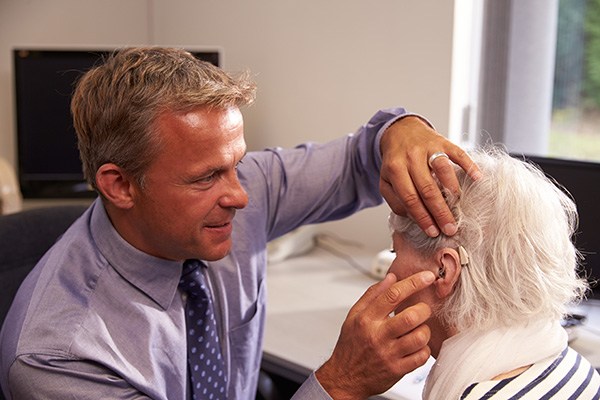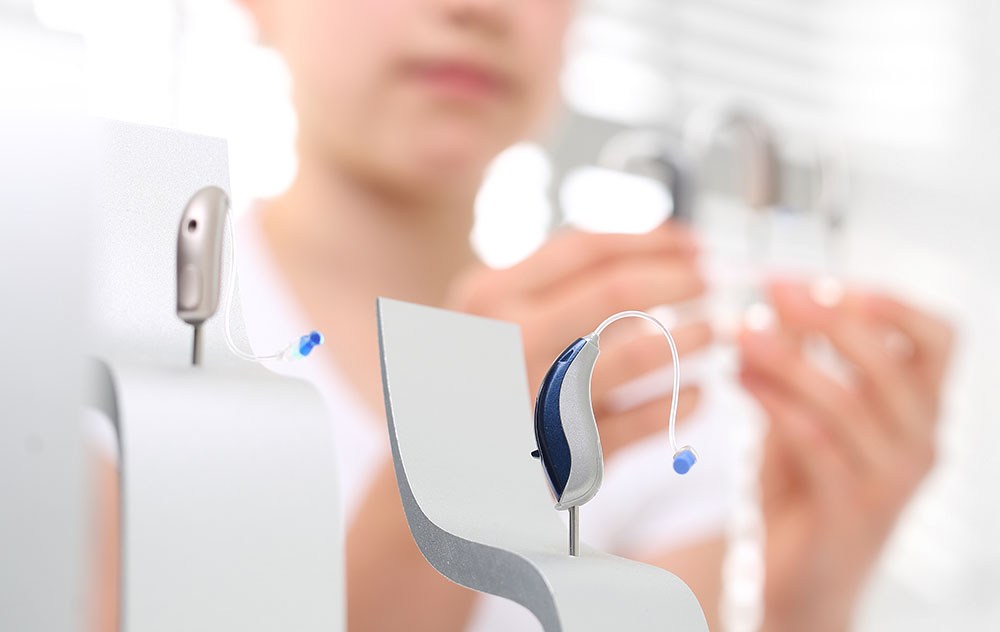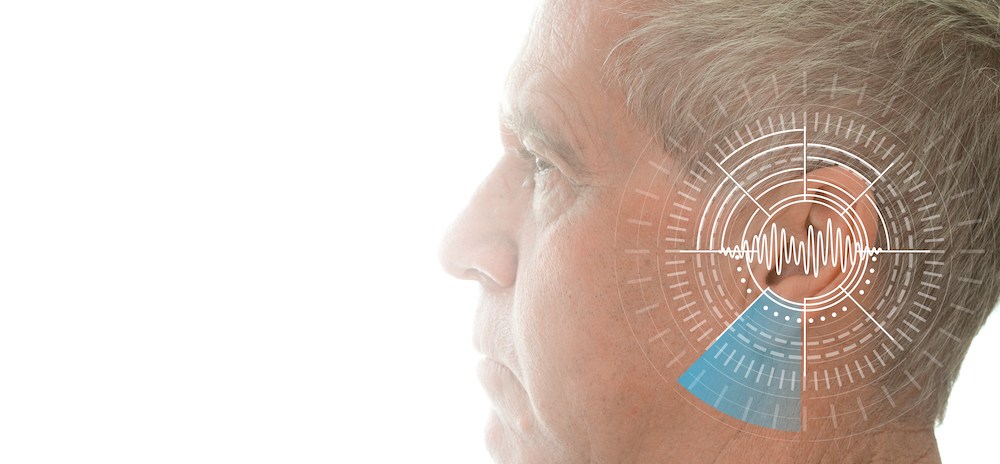The Dos and Don’ts of DIY Hearing Aid Repairs
Hearing aid repairs are a last resort but necessary as they become worn
By: admin | May 25, 2023
Hearing loss, tinnitus and trouble understanding others, particularly in noisy environments, can all be the result of prolonged exposure to loud noises. Damage to the hearing caused by noise is irreversible. When other measures, such as lowering the volume, relocating away from the source of the noise or shortening the duration of exposure, the only choice left is to use hearing protection.
However, there is a wide variety of hearing protection available; picking the right one might be challenging. Here are some things to keep in mind when shopping for a muffler or earplugs.
The primary concern when selecting a hearing protector is, of course, whether or not it will effectively prevent harmful levels of noise. The good news is that most employees only need roughly 10 decibels (dBs) of noise reduction to reach the recommended exposure limit of 85 dBs, because most industrial noise exposures are less than 95dBs. When worn properly, most hearing protection devices are capable of at least a 10dBs decrease in noise.
More effective noise suppression is essential in louder settings, yet excessive acoustic dampening might have negative effects. In the same way that dim lighting can make it hard to see, deafening silence can make one feel alone and unaware of their surroundings.
Although hearing protectors are rated for how much noise they block in a laboratory, employees typically experience far less reduction on the job than what is indicated by the packaging’s noise reduction rating.
When deciding on a hearing protector, it’s important to think about more than just the noise levels in the workplace. What other types of personal protective equipment (PPE), besides a hard helmet and a respirator, are required? Do you need to wear eye protection? A good earmuff’s ability to keep out outside noises is compromised by the presence of eyewear, including goggles and some types of eyeglasses.
Some earmuffs are meant to be placed directly onto a hardhat or helmet, while others include a low-profile headband that does not interfere with the fit of the hat or helmet. Verify that your workplace’s hearing protection is compatible with other safety gear you use.
Think about if the noise is constant or if it ebbs and flows during the day at the workplace. Do you spend most of your day in one location, or do you roam around the office? For short-term noise exposure, earmuffs may be preferable to earplugs due to their convenience. Pre-formed earplugs may be simpler to take out and replace than foam plugs if earmuffs are not an option for other reasons.
One last consideration is how often you must rely on hearing speech while using earplugs. A flat attenuation hearing protector could be useful in situations where there is a lot of talking or where good quality sound is essential. Communication headsets designed for use in noisy settings can also help. Talk with your audiologist about the several types of hearing protection.
On the other hand, earmuffs are universally made to fit any size head. It’s easier for many folks to get a good, consistent fit. Because they can be taken off and put back on more quickly, earplugs are often preferred for short bursts of use. They’re thicker than earplugs, so they may not be ideal in hot or confined environments. While they may cost more than earplugs, their durability and longevity make up for the initial investment.
To keep your hearing in good shape, you need know how to safeguard it and how to pick the proper kind of hearing protection for your needs. This May is National Protect Your Hearing Month, so take a few moments to double-check that your hearing protection is up to snuff for the demands of your job. Put it on whenever you’ll be in an environment with noise levels more than 85 dBA. All of your hearing organs will like this.

Hearing aid repairs are a last resort but necessary as they become worn
By: admin | April 29, 2024

For many individuals, hearing loss can disrupt daily life. Fortunately,
By: admin | April 28, 2024

There are some quick fixes for temporary tinnitus that can get you through
By: admin | March 31, 2024
